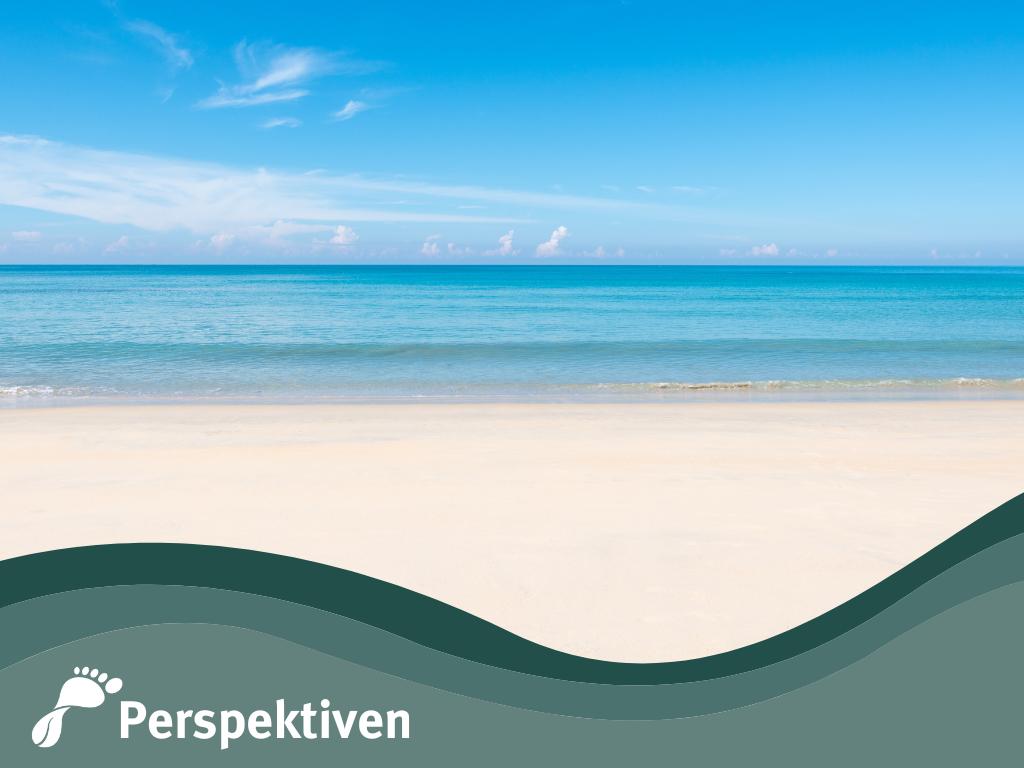Like sand by the sea...

This image of infinity is increasingly losing its meaning, as sand is the second most used raw material after water and a shortage is looming. Astonishing, we think.
Specifically, it is 50 billion tons that are mined annually.
Why is so much sand needed?
Two thirds end up in the construction industry, which uses it to produce concrete and asphalt or glass, but also solar systems, for example, which require silicon from sand.
You might think that the deserts provide almost endless quantities - wrong! Desert sand is too fine-grained to be useful for the concrete industry. The United Arab Emirates, for example, import sand from Australia and build artificial islands in return. As you can imagine, sand is highly traded. This results in mafia-like structures with cartels that are willing to walk over dead bodies.
The result.
The resource is becoming increasingly scarce, coasts are eroding and becoming more susceptible to flooding, animals and people are losing their habitat. Entire islands have already fallen victim to brutal sand mining.
Not to mention the immense CO2 consumption of the concrete industry.
The solution.
Sand is simply too cheap at the moment, so ecologically produced alternatives will never be able to keep up. As it can be mined without regulations, it is clear where the first lever should be applied.
Denmark, for example, has introduced a tax on sea sand extraction - suddenly there are many ways to save sand and recycle concrete.
Alternatives.
💚 The German company ZaaK Technologies has developed a so-called smart sand with the help of EU funding: ZaaK uses industrial waste products such as fly ash to produce an artificial sand called Lypors, which can also be used to produce concrete.
Advantage: The material insulates more effectively than natural sand and is considerably lighter.
💚 The main ingredient in concrete production, which is simply too high, is cement, the production of which is responsible for the majority of global CO2 emissions. There is also a sustainable alternative made from fly ash: geopolymer concrete. This is now being produced by several companies in Germany and Australia.
💚 The third part of a global solution is simple: avoid concrete altogether. One alternative is hempcrete: it consists of hemp and natural lime.
pro.earth conclusion:
The rising price of sand would certainly have a major impact on the overall price structure worldwide, but it is essential to find a solution to this little-discussed problem. It's great that some models already exist! 💚






